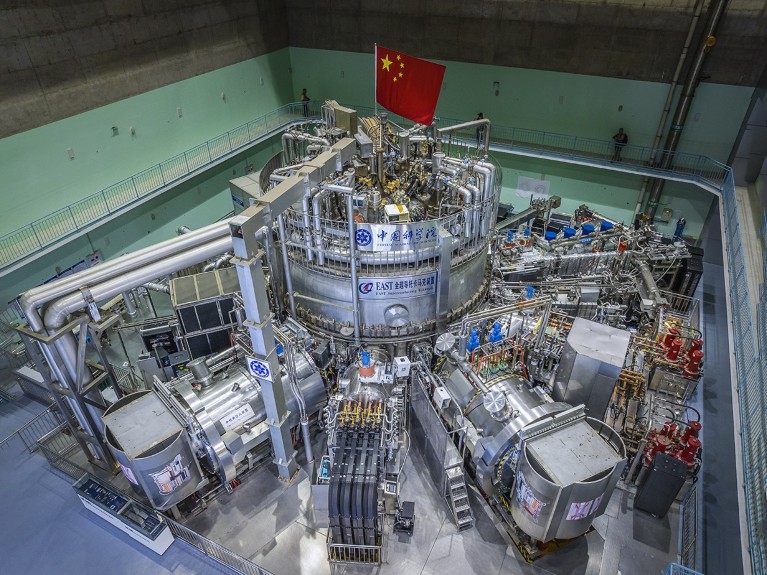
Introduction: China’s Push for Naval Modernization
Recent satellite imagery has confirmed China’s significant advancements in its naval modernization program. Notably, the construction of a nuclear reactor at Base 909 near Leshan in southwestern China has gained attention. This reactor, part of a broader naval development initiative, is a crucial step in China’s pursuit of becoming a formidable naval power globally. China, which already boasts the world’s largest navy by ship numbers, is now focusing on nuclear propulsion to enhance its naval capabilities and challenge the U.S. naval dominance.
Nuclear-Powered Aircraft Carriers: A Game-Changer for China’s Naval Power
China’s development of nuclear-powered aircraft carriers would position the country alongside the United States and France as one of the few nations capable of deploying such advanced warships. Nuclear propulsion technology is a game-changer, significantly enhancing China’s operational range and combat capabilities. With the ability to operate longer without refueling, nuclear-powered aircraft carriers offer China a strategic advantage. Beyond military advantages, these carriers would also serve as symbols of national prestige, reinforcing domestic nationalism and positioning China as a dominant global naval power.
China’s Research and Development of Nuclear Propulsion Systems
The reactor at Base 909 is a critical element in China’s broader strategy to develop nuclear-powered warships. This reactor aligns with the specifications needed for naval propulsion systems, including a pressurized water reactor with a secondary circuit, similar to those used for nuclear-powered aircraft carriers in other countries. This reactor is expected to be operational soon, providing the necessary foundation for China’s future nuclear-powered carriers. As part of the People’s Liberation Army Navy’s (PLAN) modernization efforts, these developments signal China’s intent to significantly enhance its naval presence on the global stage.
Concerns Over China’s Growing Naval Power
Despite already having the largest navy, China’s naval capabilities are still behind the U.S. Navy in certain areas. The U.S. Navy’s fleet of 11 nuclear-powered aircraft carriers enables it to maintain a global presence and project power worldwide. China’s growing nuclear propulsion capabilities, however, have raised alarms in Washington, especially as China aims to close the technological gap. This could shift the balance of power in the Pacific and change the dynamics of global naval influence. As China continues to advance its nuclear-powered carrier program, its naval ambitions could reshape the future of global military power.
Conclusion: China’s Naval Ambitions Set to Reshape Global Power Dynamics
China’s development of nuclear-powered aircraft carriers marks a pivotal shift in the naval power landscape. With a growing focus on nuclear propulsion, China is setting the stage to challenge the U.S. Navy’s dominance and reshape the balance of power in the Pacific and beyond. As the country continues to modernize its navy, its global influence and military capabilities are poised to expand significantly, making it a major player in the world’s naval power dynamics.











Leave a Reply
You must be logged in to post a comment.